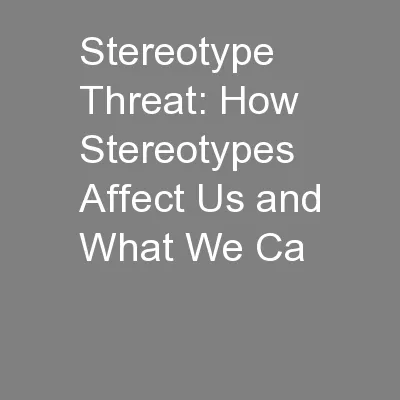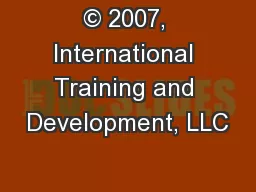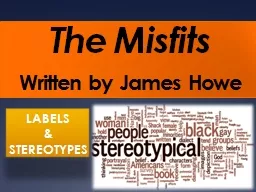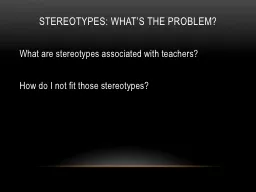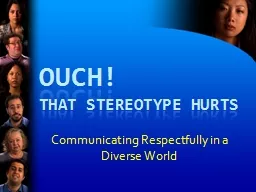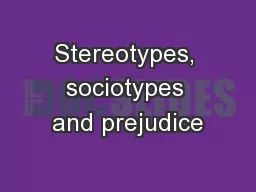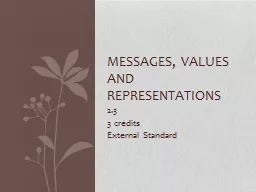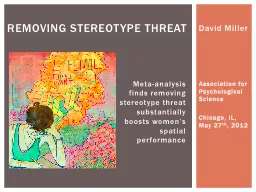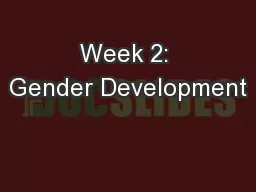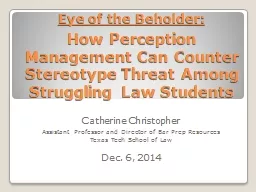PPT-Stereotype Threat: How Stereotypes Affect Us and What We Ca
Author : alida-meadow | Published Date : 2016-07-20
January 8 th 2014 Purpose To understand how stereotype threat affects our students and to gain tools to combat its effectcreate identity safe classrooms for
Presentation Embed Code
Download Presentation
Download Presentation The PPT/PDF document "Stereotype Threat: How Stereotypes Affec..." is the property of its rightful owner. Permission is granted to download and print the materials on this website for personal, non-commercial use only, and to display it on your personal computer provided you do not modify the materials and that you retain all copyright notices contained in the materials. By downloading content from our website, you accept the terms of this agreement.
Stereotype Threat: How Stereotypes Affect Us and What We Ca: Transcript
Download Rules Of Document
"Stereotype Threat: How Stereotypes Affect Us and What We Ca"The content belongs to its owner. You may download and print it for personal use, without modification, and keep all copyright notices. By downloading, you agree to these terms.
Related Documents

